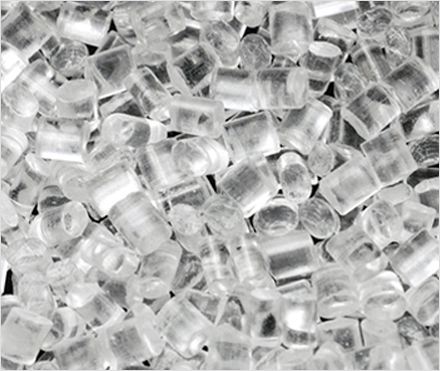
Low friction coefficient LSZH jacket material, easy for on-site construction of fiber optic cable:
Waterproof and UV-resistant: Green environmental protection materials with special molecular structures are used to ensure ultra-low water absorption. Special ultraviolet absorber, so that the product has a good anti-ultraviolet function
If the cable is used in some special areas, such as areas with a lot of rainy seasons or areas with high humidity, mold tends to grow on the cable material. While ATP's raw materials LSZH can effectively prevent the growth of Mildew.
Formulation technology of UV-resistant LSZH:
Low-smoke halogen-free flame retardant polyolefin cable material is usually composed of polyolefin blend resin plus flame retardant filler aluminum hydroxide, magnesium hydroxide, and some appropriate amount of antioxidant added to improve heat resistance life. Sometimes in order to reduce the amount of smoke generated during combustion, some smoke inhibitors are added, such as vanadium, nickel, molybdenum, iron, silicon, nitrogen compounds. The flame retardant mechanism is: when burning, the flame retardant fillers aluminum hydroxide and magnesium hydroxide will release crystal water and absorb a lot of heat; at the same time, the dehydration reaction will generate a lot of water vapor, which can dilute the flammable gas, thereby To prevent combustion, in addition, a layer of non-melting and non-combustible oxide hard shell will be formed on the surface of the material, blocking the channel for the reaction between the polymer and the external thermal oxygen, and finally the material is flame-retardant and self-extinguishing.
The balance of UV-resistant LSZH flame retardancy and physical and mechanical properties:
Low-smoke halogen-free flame retardant polyolefin cable material should have good flame retardancy, aluminum hydroxide and magnesium hydroxide in the formula must have a large filling amount, usually more than 150 parts, and a large number of inorganic flame retardants Filling will inevitably lead to significant deterioration of the material in terms of physical and mechanical properties, electrical properties and extrusion process properties. In order to solve the balance of its flame retardancy and physical and mechanical properties, so that the material can fully meet the technical requirements of the final use, the commonly used methods are: on the one hand, the polyolefin material is modified and grafted to improve the extreme, On the other hand, the surface of inorganic flame retardants is chemically modified, usually treated with a coupling agent.
| Technical Data Sheet | Model | Model | ||||
| Material Properties | Test Standard | Test Condition | Unit | |||
| General Characteristics | Material Category | - | - | - | ||
| Appearance(Light/Semi-matte/Frosted) | - | - | - | |||
| Extrusion/Injection | - | - | - | |||
| Physical Characteristics | Hardness | ISO 48 | 15S | Shore A | ||
| Proportion | ISO 1183 | - | g/cm³ | |||
| Melt Index | ISO 1133-1:2011 | 190℃/2.16kg | g/10min | |||
| Brittle Temperature | ISO 812 | - | ℃ | |||
| Mechanical Properties | Elongation | ICE 60811-501 | 200mm/min | % | ||
| Tensile Strength | ICE 60811-501 | 200mm/min | Mpa | |||
| Tearing Strength | ISO34-1:2015 | 500mm/min | KN/m | |||
| Hot Air Aging | Elongation Retention Rate | ISO37:2017 | - | % | ||
| Tensile Strength Retention Rate | ISO37:2017 | - | % | |||
| Electrical Performance | Volume Resistivity | ASTM D257 | - | Ohm-cm | ||
| Permittivity | ASTM D150 | - | - | |||
| Combustion Performance | Vertical Burning Test | UL 94 | 3.0/6.0mm | - | ||
| Oxygen Index | ASTM D2863 | - | % | |||
| Feature | ||||||

· Competitive price · Respond immediately · Strong R&D capability · Excellent after-sales service